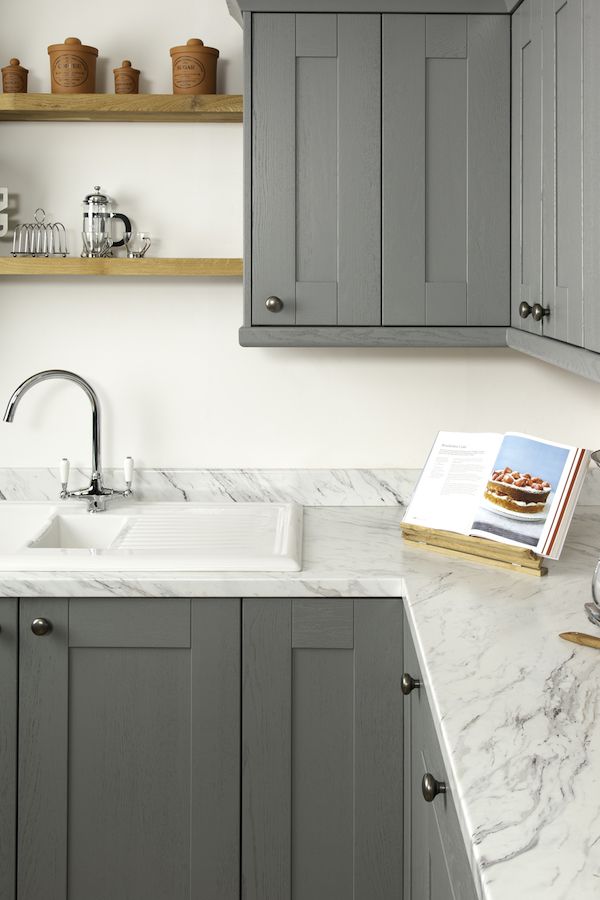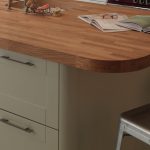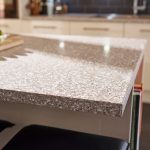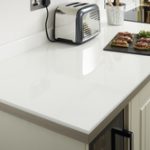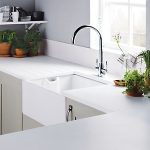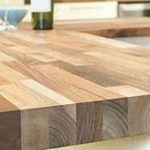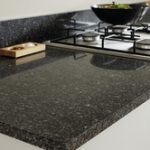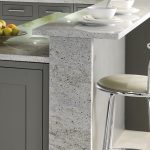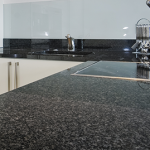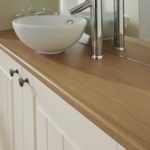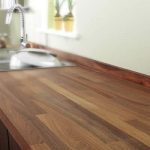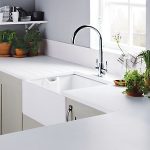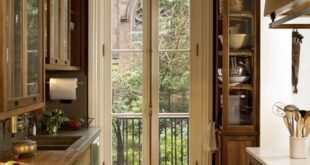When it comes to choosing a kitchen worktop surface, there are a variety of options to consider. Each type of material has its own unique characteristics, which can influence both the appearance and functionality of your kitchen. In this article, we will explore the pros and cons of some of the most popular kitchen worktop surfaces.
1. Granite
Granite is a highly durable and heat-resistant natural stone that is a popular choice for kitchen worktops. It is available in a wide range of colors and patterns, making it easy to find a style that matches your kitchen decor. Granite worktops are also resistant to scratches and stains, making them a practical choice for a busy kitchen.
Pros: – Durable and heat-resistant – Variety of colors and patterns – Resistant to scratches and stains
Cons: – Expensive – Requires periodic sealing to maintain appearance – Heavy and may require professional installation
2. Quartz
Quartz worktops are engineered stone surfaces that are made from a combination of natural quartz and resin. They are non-porous, making them resistant to stains and bacterial growth. Quartz worktops are available in a wide range of colors and patterns, and are low maintenance compared to natural stone surfaces.
Pros: – Non-porous and resistant to stains – Low maintenance – Wide range of colors and patterns
Cons: – Can be expensive – Not as heat-resistant as some other materials – Can be prone to scratching
3. Laminate
Laminate worktops are a popular choice for budget-conscious homeowners. They are available in a wide range of colors and patterns, and are easy to clean and maintain. Laminate worktops are also resistant to stains and scratches, making them a practical choice for a busy kitchen.
Pros: – Affordable – Wide range of colors and patterns – Resistant to stains and scratches
Cons: – Not as durable as other materials – Can be prone to chipping and peeling – Limited heat resistance
4. Wood
Wood worktops have a warm and natural appearance that can add character to a kitchen. They are also relatively easy to repair and refinish, making them a practical choice for a busy household. Wood worktops are also heat-resistant, making them a good choice for cooking and food preparation.
Pros: – Warm and natural appearance – Easy to repair and refinish – Heat-resistant
Cons: – Requires regular maintenance – Prone to scratching and staining – Not as durable as other materials
In conclusion, choosing the right kitchen worktop surface is a decision that should be based on your personal preferences and lifestyle. Each type of material has its own pros and cons, so it is important to consider factors such as durability, maintenance, and cost when making your decision. By selecting a kitchen worktop surface that meets your needs and fits your budget, you can create a stylish and functional kitchen that you will enjoy for years to come.
 decorafit.com Design ideas for your home and patio
decorafit.com Design ideas for your home and patio
